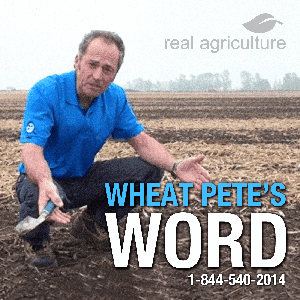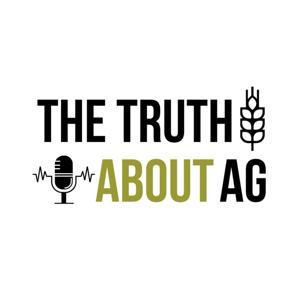
Sign up to save your podcasts
Or












The podcast currently has 225 episodes available.

149 Listeners

227 Listeners

14 Listeners

16 Listeners

357 Listeners

10 Listeners

511 Listeners

120 Listeners

389 Listeners

1 Listeners

345 Listeners

1,017 Listeners

1,669 Listeners

29 Listeners

6 Listeners